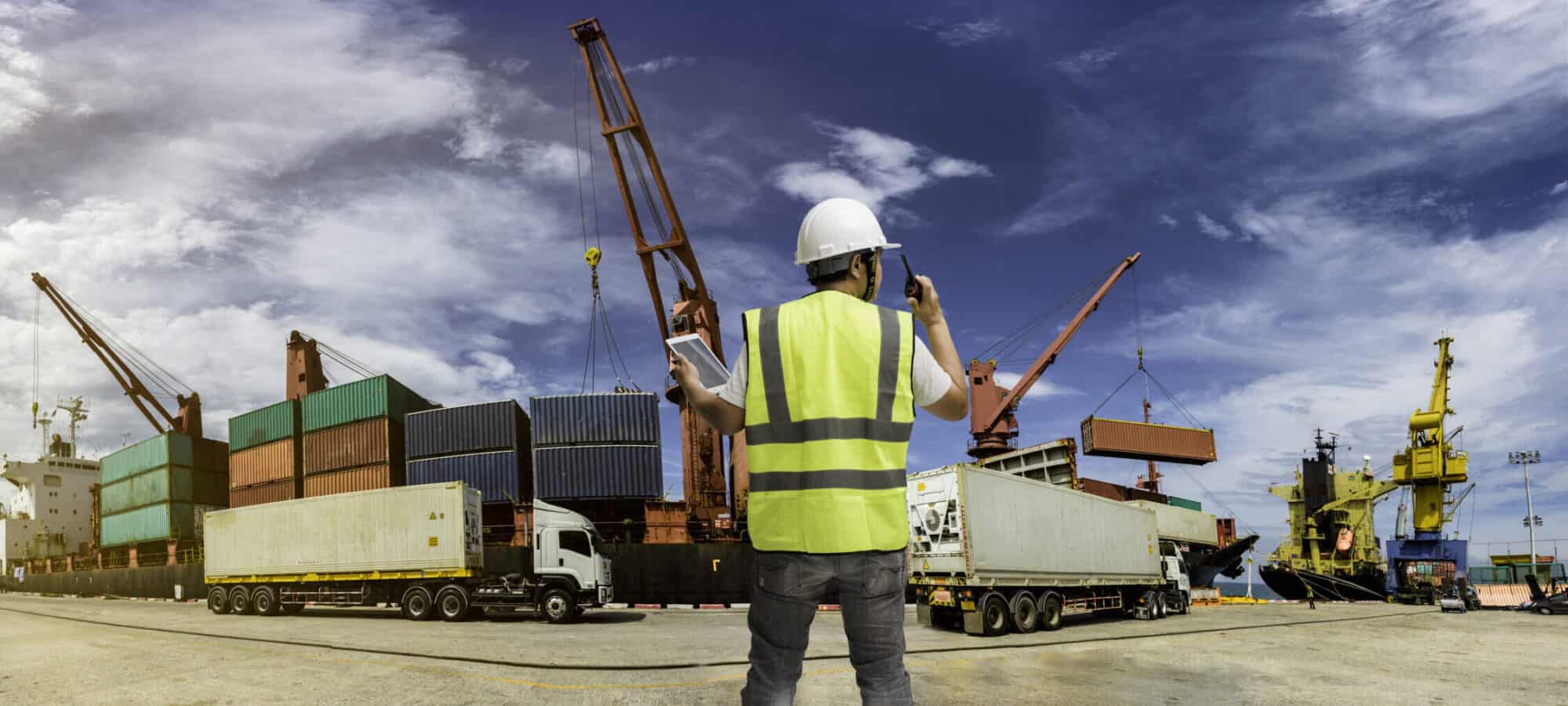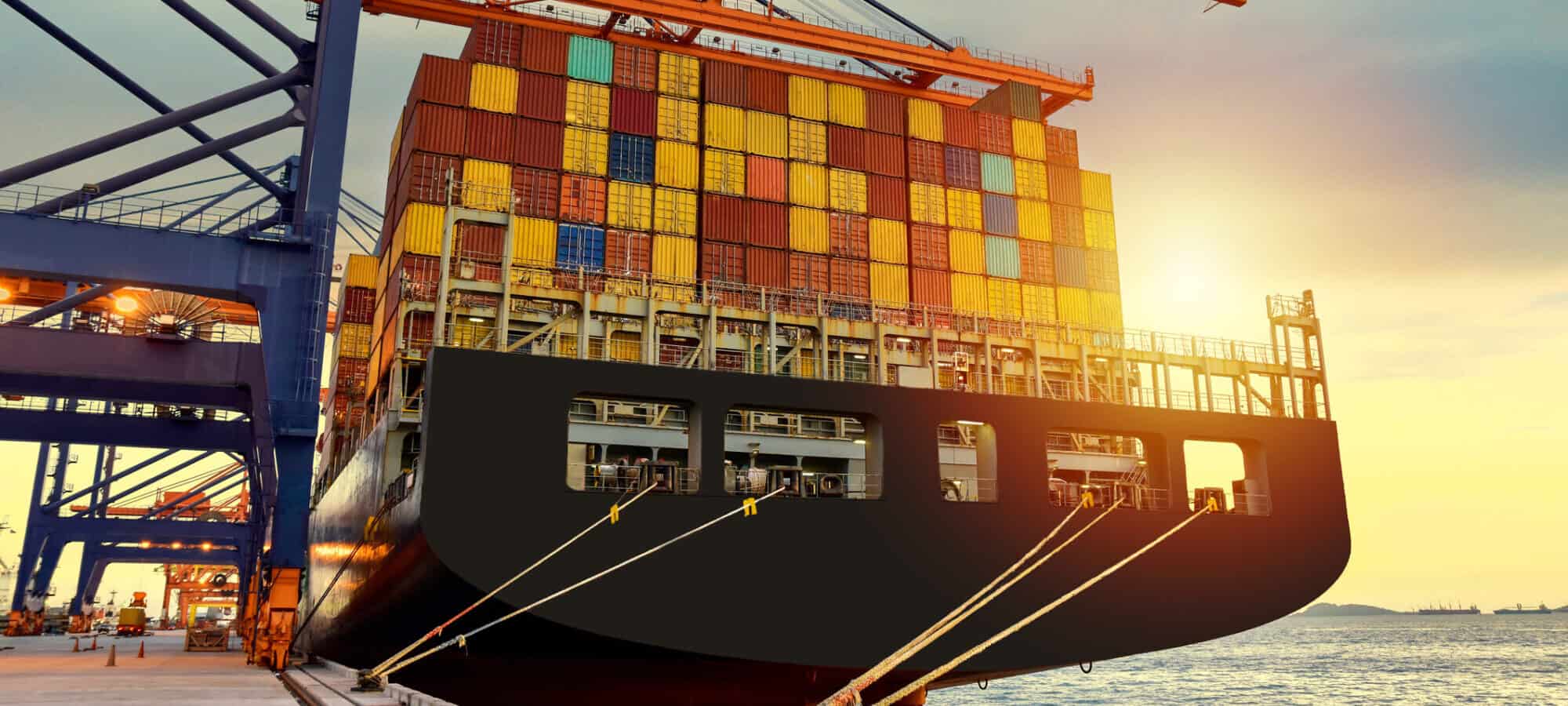As with most of Latin America, importing & exporting to Peru could be very worthwhile. There are many opportunities for US and Canada exporters that wish to export goods to Peru. However, customs regulations and import requirements can differ greatly from country to country, and are constantly changing. Our trade & export guide will attempt to provide answers to most of the questions you may have on how to export to Peru from the US, Canada or any other country.
Besides keeping well informed, we cannot overstate the importance of partnering up with a specialized freight forwarder before starting to export to Peru from the US, Canada or any other country. Knowledge of the local language, culture and, most importantly, customs regulations will be invaluable in making your exporting business a success.
Even after you have put in the work of learning everything there is to know about exporting to Peru, it is essential to have an experienced and reliable shipping company on your side.
Challenges to consider when exporting to Peru
Even though the World Bank classified Peru as the second easiest country to do business in when it comes to Latin America/the Caribbean, there are still some challenges you may face when exporting to Peru.
- Informality in Peru is present at different levels, which is the first thing to bear in mind.
- Secondly, bureaucracy in the public sector can cause great delays in getting your project underway, especially locally.
- The quality of transport-related infrastructure in Peru is poor and was reported at 2.28 in 2018 (1=low to 5=high) according to the World Bank. Specific geography due to the difficult jungle and mountainous terrain also posits a problem.
- Finally, the language and cultural barrier can cause additional problems. English is not widely spoken in the public sector or within smaller private sector companies. Flexibility and spontaneity are also common traits of Peruvians and they tend to have a less strict sense of time than in US and Canada.
All of these obstacles, however, can be minimized by hiring service providers with the right connections and a good knowledge of the country’s culture and business practices.
Business opportunities to consider when exporting to Peru
Peru has been the fastest growing economy in Latin America since 2011 and it offers a unique and dynamic background for international companies and exporters. There is a large variety of business opportunities for foreign investors in Peru, including:
- Infrastructure: The main financing models are public private partnerships (PPPs). These open up a huge space for exporting opportunities, especially when it comes to construction material, engineering and its heavy equipment. Current projects include Lima Airport extension, new airport in Cusco, Lima – Ica Railway, Lima Metro Line 2, the upgrading of the Salaverry port terminal, and the modernisation of 8 regional airports.
- Mining and Oil & Gas: The mining industry is a major source of economic growth in Peru, therefore numerous opportunities exist for exporters in this sector: mining equipment, heavy machinery, industrial vehicles, among others.
- Healthcare: Finally, demands for pharmaceuticals and medical equipment have also been steadily increasing, with the constant growth of Peru’s middle class and the generalisation of private health insurance.
Top imports / exports to Peru
According to the Observatory of Economic Complexity, in 2018, Peru imported $41 billion, mostly from China, the US, Brazil, Mexico, Chile and Canada. What these countries mostly export to Peru ranks as follows (with the percentage of total dollar value indicated):
- Mineral fuels including oil (16% of total imports)
- Machinery including computers (12.2%)
- Electrical machinery, equipment (9.7%)
- Vehicles, cars and trucks (8.5%)
- Plastics, plastic articles (5.2%)
- Iron, steel (4.1%)
- Cereals (3.4%)
- Articles of iron or steel (2.3%)
- Pharmaceuticals (2%)
- Chemical Goods (1.9%)
As one of the world’s promising economies in the world, Peru is expected to increase its imports to keep up with its development. Fastest-Growing Peruvian Imports in 2018 according to the International Trade Center include:
- Railway, tram equipment: Up 831.8% from 2014 ($235.9 million)
- Live trees and plants: Up 137.2% ($43.2 million)
- Aircraft, spacecraft: Up 136% ($39.8 million)
- Fish: Up 104.6% ($232.3 million)
- Soaps, lubricants, candles: Up 44.4% ($267.5 million)
- Wood pulp: Up 43.9% ($112.9 million)
- Meat, seafood preparations and others: Up 32.1% ($577.1 million)
- Inorganic chemicals: Up 31.8% ($465.2 million)
- Vegetables: Up 31.3% ($84.4 million)
- Beverages: Up 25.8% ($208.3 million)
Import restrictions and prohibitions
When it comes to exporting to Peru, there are few prohibitions and restrictions especially on used goods such as used clothing and shoes (except as charitable donations) or vehicles and accessories.
Imports of used cars and tires that are more than 5 years old are prohibited. The same is true of used buses and trucks that are more than 2 years old. However, used cars and trucks are admitted when undergoing a refurbishment process in the special zones of export treatment (in Ilo, Matarani, Tacna).
Used medical equipment can only be imported by individual physicians for their own use.
The Peruvian government has adopted free trade and free exchange principles. There are no quantitative restrictions or exchange controls.
Certain goods are prohibited for health and safety reasons such as weapons and several pesticides and non-organic fertilizers. Some you have to register with the Ministry of Health. Those that have to be registered are veterinary products, cosmetics and perfumes.
How to Export to Peru: Customs clearance
Like in most places, customs clearance goes without a hitch when exporting to Peru if you have all of the necessary documentation and fulfill all of the requirements.
Classification of goods and licenses
Peru is a member of the Andean Community, and as such, it follows the Nandina code. This is a fully harmonized tariff system that conforms to the WCO’s Harmonized System.
Certain imports are subject to antidumping and countervailing duties. You should check the list of these beforehand. In order to avoid these duties, you will need to acquire a certificate of origin. This gets tricky as it can delay your customs clearance.
Customs duties when importing/exporting to Peru
The Superintendent of Tax Administration (SUNAT) is responsible for the administration of tax and customs.
There are currently four type of free trade zones in Peru:
- Zones of export treatment, in Chimbote, Ilo, Matarini, Paita and Trujillo.
- Tourist zones,
- Development zones,
- Special trade zones, with 10 percent customs duty and tax-exempt
Peru applies a four level tariff regime: 4%, 7%, 12% and 20%, depending on the type of goods you are exporting.
The non weighted average customs duty is 10.2%.
- The 4% tariff essentially covers intermediate products and their components.
- The 7% tariff applies for a certain number of capital goods and building materials
- The 12% tariff applies on almost 43% of goods
- And the 23% tarifs on about 11% of products that can be imported such as textiles, shoes and some agricultural products.
However, many goods are exempted of taxes, since Peru shares over 70 bilateral commercial agreements with countries all over the world, including free trade agreements with the European Union and with the US.
The United States-Peru Trade Promotion Agreement (PTPA)
The United States-Peru Trade Promotion Agreement (PTPA), created in 2009, has raised a tremendous amount of business and import/export opportunities for US exporters. Most of the tariffs on consumer and industrial products exported from US to Peru have already been eliminated. A small number of Peruvian tariffs still apply to certain U.S. agricultural products and will be eliminated by 2026.
Imports requirements and documentations
When exporting to Peru, you must include the following documentation with your shipment:
- Customs Merchandise Declaration (Declaración Aduanera de Mercancía,in Spanish)
- The original commercial invoice translated into Spanish. Currency used and international commercial terms (Incoterms) must be shown.
- Airway bill or bill of lading
- A fully detailed packing list, with the proper commodity codes, shipment value, manufacturer’s details, etc
- An insurance letter when applicable
- A certificate of origin is also required to qualify for tariff preferences
Depending on your goods, you may need additional documentation, as mentioned above. For example, if you are exporting pharmaceuticals, cosmetics and medical equipment, you need a certificate from the Department of Medicine, Supply and Drugs. The Environmental Health Department gives out certificates for the import of toys, food products, alcoholic beverages and insecticide.
Merchandise quality control
Different quality control organizations conduct inspections of goods when exporting to Peru. One of them is SGS Peru.
Modes of transportation to and within Peru
In most cases, exports to Peru will be done by ocean. The port of Callao is the biggest commercial seaport for imports into Peru, closely followed by the port of Matarani. There are many other ports as well, from North to South, and each one of them handles a particular type of cargo.
The two airports available for cargo are the Jorge Chavez International Airport in Lima and the Alejandro Velasco Astete International Airport in Cusco.
Within Peru, you can mostly transport your goods by road or air. However several cities in the Amazon region remain inaccessibles by road and relies on the 8,600 km of navigable waterways to transport their agricultural and mineral goods.
Rail transport represents a freight solution for the future as Peru continues to develop its railroad infrastructure with more than 5,000 km in project and construction.
Export to Peru from the US, Canada or elsewhere now!
As you can tell, if you plan to export or import to Peru from the US, Canada or any other country, there are plenty of things you need to be aware of. Whether it is by sea or air, shipping cargo to Peru becomes easier when you choose a specialized freight forwarding company to help you.


 LAC Team
LAC Team


